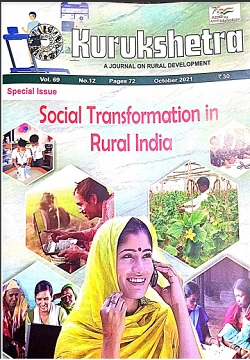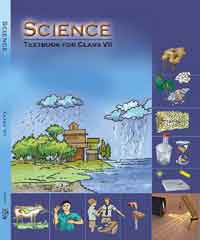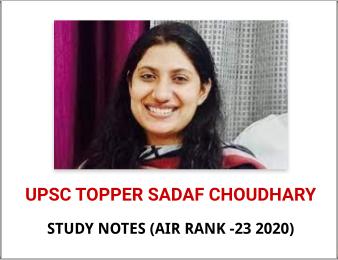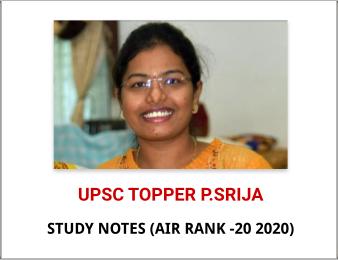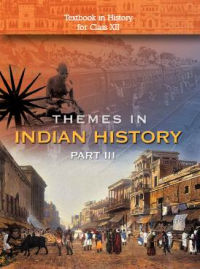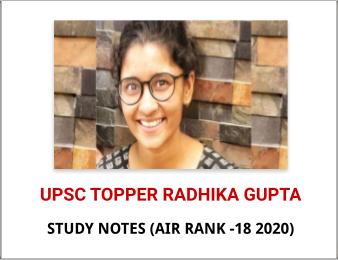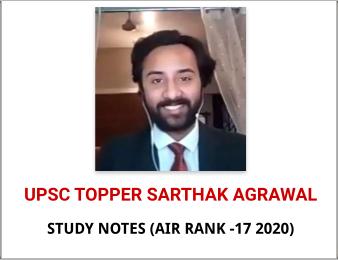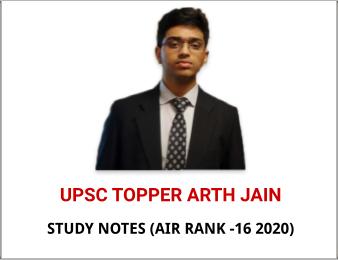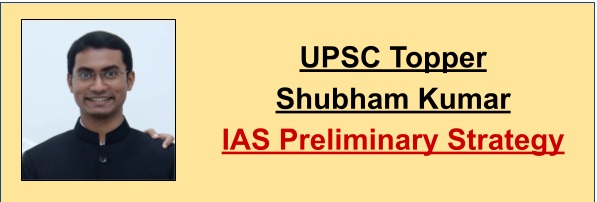
(Success Story) UPSC 2020 TOPPER, Shubham Kumarˈs IAS Preliminary Strategy
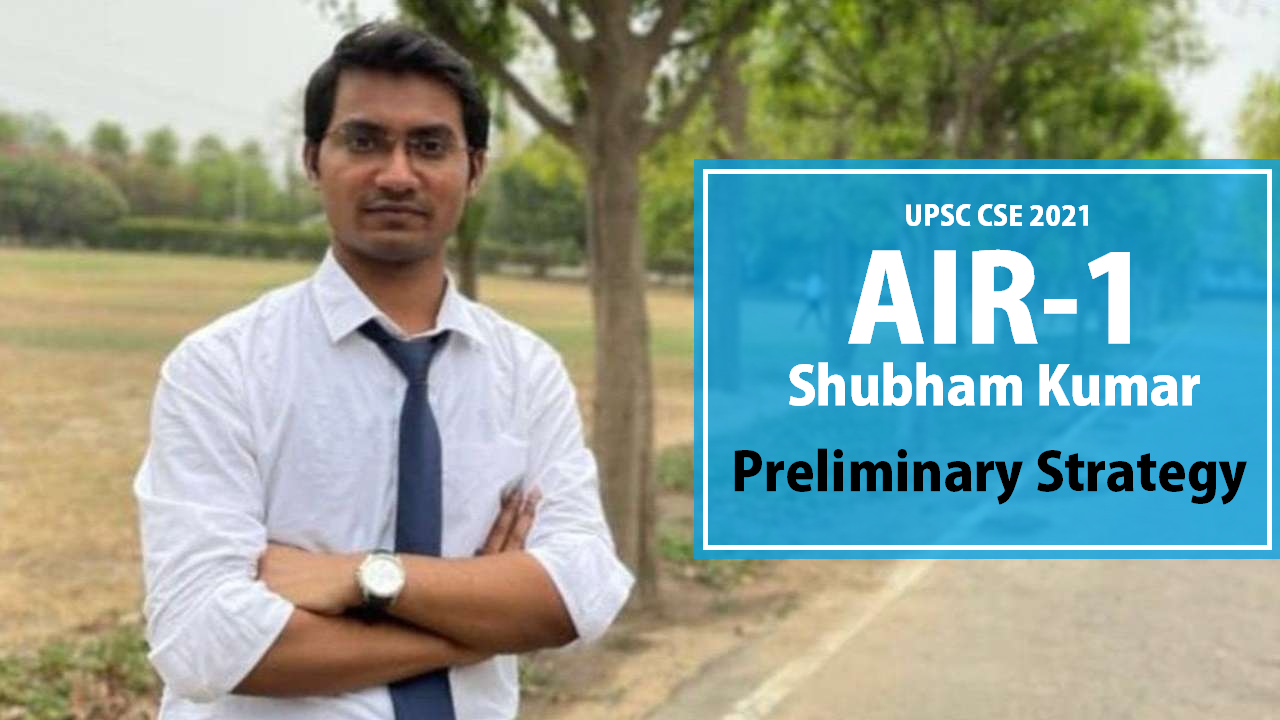
The wait is finally over and the awaited Union Public Service Commissionˈs Civil Services Examination results for 2020 is out. This year, a civil engineer from the heart of Biharˈs Kumari Pur Village in Katihar district has topped the exam with an impressive score of 1054. The 24-year-old is a graduate of IIT Bombay and had achieved a rank of 290 in his previous UPSC attempt in 2019. He is currently training in Pune under Indian Defense Account Services. This was Shubhamˈs 3rd attempt, his first being in 2018 immediately after graduating. Shubham put all his time and effort into the public services and was not working during that time.
Shubhamˈs Preliminary Strategy
Coaching VS. Self Study
Shubham knew from the very beginning that his goal was public services. He did not join a job but instead concentrated on preparing for UPSC instead. He spent the first year taking coaching classes in Delhi. Soon after, he realised his time and effort would be better used if he were to concentrate on self-study. His second and third attempts were taken while he prepared for UPSC himself. He did however take classes from Vaidˈs ICS for his Anthropology Optional. Subham does not disregard the effectiveness of coaching classes. However, he insists that with the internet at your grasp, it is not absolutely essential anymore.

Understanding Prelims
Preliminary examinations in UPSC Civil Services may not aid your final score, however, they effectively test your aptitude of learning a broad range of knowledge and utilizing it. Shubham says taking UPSC CSE prelims takes a broad understanding of the subjects. You do not need to deep dive into the matter but need to understand the basics and gather as much related information as you can.
AIR-1 Shubham Kumarˈs Top 4 Tips To Cracking Prelims
-
Play To Your Strengths
Not everyone can master every subject. Especially when it comes to UPSC Prelims, which requires a huge amount of information to be retained. For Shubham, his strengths were environment and science and technology. He covered every bit of theory recommended for these subjects, made his own notes and added value to those notes by adding information from current affairs to it.
-
Utilize The Internet When Making Notes
Shubham would study the day-to-day Current Affairs and google terms used to make related short notes. Similarly, when he came across a topic he did not understand, he simply looked it up on the internet. This saved him time and effort while giving him good results.
-
Dedicate A Large Part Of Your Preparation To Revision
For prelims, dedicate the last 2 to 3 months to revision. Even if you are taking tests, the main activity for you throughout the day should be revising information. Shubham even encourages one to give up on any other activity and just concentrate on revising for the last one week before the prelims.
-
Smart Guessing Is Key

Nobody knows all the Answers in UPSC CSE Prelims. At best, they know 30 to 40 with 100% surity. Your job is to make sure you have enough information to at least eliminate some of the options and make an intelligent guess.
Shubham says he always attempts at least 90 questions in his UPSC prelims attempt. Based on his accuracy, that is the best chance he believes he has.
He encourages aspirants to take as many mock tests as they can to realise which answering strategy works best for them and wishes them all the very best for the future.
Best of Luck.
© IASEXAMPORTAL
CLICK HERE TO DOWNLOAD UPSC TOPPERS NOTES

